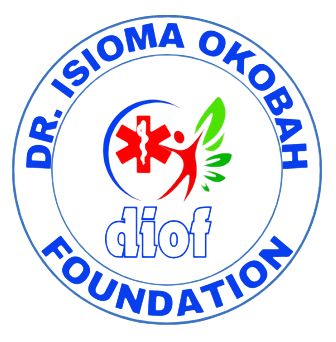
Every year on March 24, the world observes World Tuberculosis (TB) Day, which is a crucial time for introspection, awareness-raising, and action against one of the deadliest and most ancient infectious illnesses in human history. With millions of new cases and fatalities reported each year, tuberculosis—caused by the bacteria Mycobacterium tuberculosis—continues to have a devastating impact on world health. We explore the epidemiology, pathophysiology, diagnosis, treatment, and prevention of tuberculosis in this extensive paper, highlighting the critical need for coordinated efforts to address this ongoing public health concern.
Epidemiology of Tuberculosis
In low- and middle-income nations, where transmission rates are exacerbated by overcrowding, poverty, and inadequate access to healthcare, tuberculosis remains a worldwide health concern that disproportionately affects these populations. The World Health Organization (WHO) projects that 10 million individuals will have tuberculosis (TB) in 2020, and that 1.5 million of those cases will result in death. Moreover, the advent of drug-resistant strains, such extensively drug-resistant TB (XDR-TB) and multidrug-resistant TB (MDR-TB), presents significant obstacles to TB control efforts and calls for creative containment and management techniques.
Mycobacterium tuberculosis primarily targets the lungs, although it can affect other organs, such as the kidneys, bones, and brain, leading to extrapulmonary TB. Following inhalation of infectious aerosols containing TB bacilli, the bacteria invade alveolar macrophages, where they evade host immune responses and establish latent infection. In individuals with compromised immunity, such as those living with HIV/AIDS or malnutrition, latent TB can progress to active disease, manifesting as persistent cough, fever, night sweats, weight loss, and hemoptysis. Timely diagnosis and treatment are essential to prevent disease dissemination and complications.
Diagnosis of Tuberculosis
Accurate and prompt diagnosis of TB is paramount for initiating appropriate treatment and interrupting disease transmission. Conventional diagnostic methods include sputum smear microscopy, culture, and chest X-rays. However, these approaches have limitations in terms of sensitivity, specificity, and turnaround time. To address these challenges, WHO recommends the adoption of molecular diagnostic techniques, such as GeneXpert MTB/RIF assay, which enables rapid detection of TB and rifampicin resistance, thereby facilitating timely initiation of appropriate therapy.
The cornerstone of TB treatment is a multidrug regimen comprising rifampicin, isoniazid, pyrazinamide, and ethambutol for the initial phase, followed by continuation therapy with rifampicin and isoniazid. Treatment duration typically spans six to nine months, although it may be prolonged in cases of drug-resistant TB. In recent years, the advent of novel antitubercular agents, such as bedaquiline and delamanid, has expanded therapeutic options for MDR-TB and XDR-TB, offering hope for improved treatment outcomes and reduced transmission rates.
Prevention and Control Strategies
Preventing TB transmission requires a multifaceted approach encompassing both primary and secondary prevention measures. Primary prevention strategies include vaccination with the Bacillus Calmette-Guérin (BCG) vaccine, which offers partial protection against severe forms of TB in children. Additionally, addressing social determinants of health, such as poverty alleviation, improved housing, and access to healthcare, is crucial for reducing TB incidence. Secondary prevention efforts focus on early case detection, contact tracing, and provision of preventive therapy to individuals at high risk of developing active TB, such as household contacts of TB patients and people living with HIV/AIDS.
Global Effort
Despite significant strides in TB control over the past few decades, formidable challenges persist, hindering progress towards global TB elimination goals. These challenges include inadequate funding, weak healthcare infrastructure, stigma associated with TB, and the rise of drug-resistant strains. Furthermore, the COVID-19 pandemic has exacerbated TB disparities, disrupting TB services, diverting resources, and exacerbating poverty and malnutrition—all of which fuel TB transmission and disease burden.
Conclusion
On World Tuberculosis Day, let us reaffirm our commitment to ending the scourge of TB by redoubling our efforts to strengthen healthcare systems, expand access to quality diagnostic and treatment services, and address the social determinants of health that perpetuate TB disparities. By fostering collaboration, innovation, and political will, we can achieve the ambitious targets outlined in the WHO’s End TB Strategy, ultimately realizing a world free from the burden of tuberculosis.



